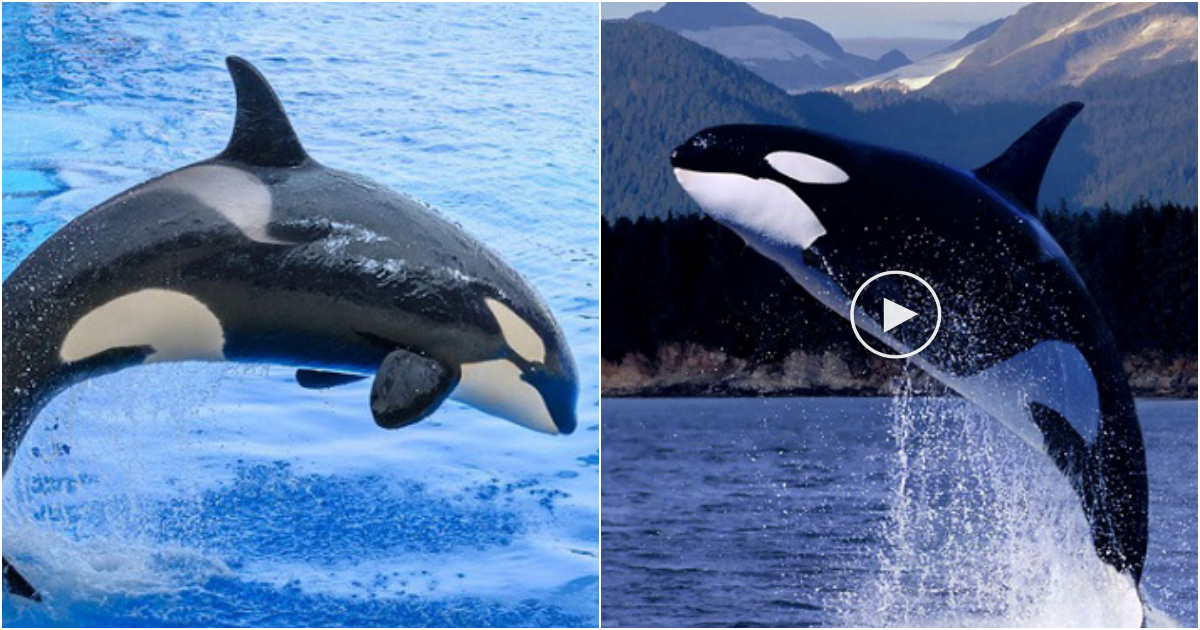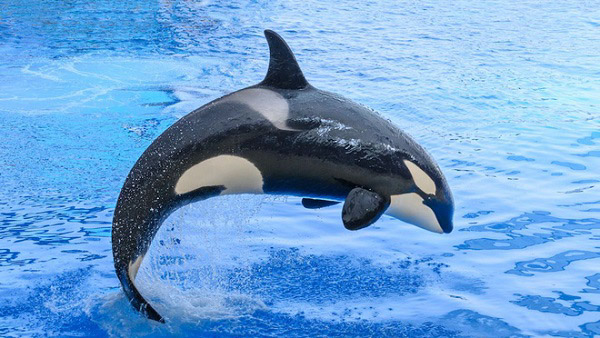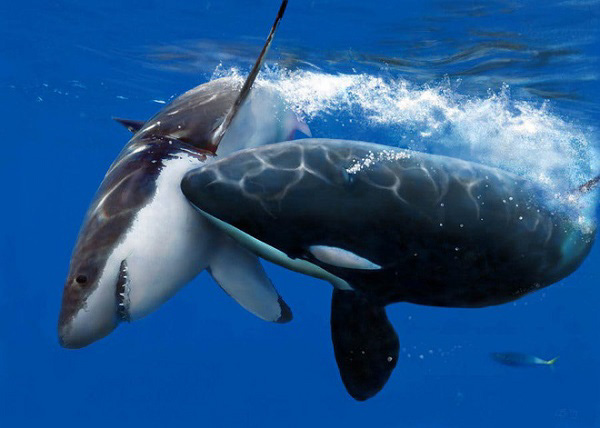The Mighty Killer Whale: An Apex Predator of the Ocean

The killer whale, or orca (Orcinus orca), is a magnificent marine mammal that captivates our imagination with its awe-inspiring presence. Known as the “wolf of the sea” or the “killer whale,” this apex predator holds a prominent position in the oceanic food chain. In this article, we delve into the fascinating world of the killer whale, exploring its physical characteristics, hunting prowess, social structure, and conservation status.

 Renowned for its hunting prowess, the killer whale is a master strategist. Despite its name, it poses no threat to humans in the wild. Instead, it primarily feeds on marine mammals, such as seals, sea lions, and even other cetaceans. These apex predators employ various hunting techniques, including cooperative hunting, where they work together as a cohesive unit to corral their prey, and wave washing, where they create powerful waves to knock seals off ice floes.
Renowned for its hunting prowess, the killer whale is a master strategist. Despite its name, it poses no threat to humans in the wild. Instead, it primarily feeds on marine mammals, such as seals, sea lions, and even other cetaceans. These apex predators employ various hunting techniques, including cooperative hunting, where they work together as a cohesive unit to corral their prey, and wave washing, where they create powerful waves to knock seals off ice floes.  Killer whales are highly social animals, living in stable and tight-knit family groups called pods. Each pod consists of multiple generations, led by a dominant female known as the matriarch. Within the pod, intricate vocalizations, including clicks, whistles, and calls, are used for communication and echolocation. These vocalizations help them coordinate hunting strategies and maintain social bonds within their pod.
Killer whales are highly social animals, living in stable and tight-knit family groups called pods. Each pod consists of multiple generations, led by a dominant female known as the matriarch. Within the pod, intricate vocalizations, including clicks, whistles, and calls, are used for communication and echolocation. These vocalizations help them coordinate hunting strategies and maintain social bonds within their pod.  Despite their widespread distribution, killer whales face numerous conservation challenges. Habitat degradation, pollution, climate change, and disturbance from human activities pose significant threats to their survival. Moreover, captivity in marine parks and the capture of wild killer whales for entertainment purposes have sparked ethical debates. Efforts are being made globally to protect and conserve these majestic creatures through marine protected areas, research initiatives, and raising awareness about the importance of their ecological role.
Despite their widespread distribution, killer whales face numerous conservation challenges. Habitat degradation, pollution, climate change, and disturbance from human activities pose significant threats to their survival. Moreover, captivity in marine parks and the capture of wild killer whales for entertainment purposes have sparked ethical debates. Efforts are being made globally to protect and conserve these majestic creatures through marine protected areas, research initiatives, and raising awareness about the importance of their ecological role.  The killer whale, with its exceptional physical abilities, complex social structure, and remarkable hunting techniques, rightfully claims its position as one of the most formidable predators in the ocean. As we continue to learn about and appreciate these intelligent creatures, it becomes crucial to ensure their long-term survival by addressing the conservation challenges they face. The future of these majestic marine giants depends on our commitment to their protection, allowing them to thrive and inspire generations to come.
The killer whale, with its exceptional physical abilities, complex social structure, and remarkable hunting techniques, rightfully claims its position as one of the most formidable predators in the ocean. As we continue to learn about and appreciate these intelligent creatures, it becomes crucial to ensure their long-term survival by addressing the conservation challenges they face. The future of these majestic marine giants depends on our commitment to their protection, allowing them to thrive and inspire generations to come.



